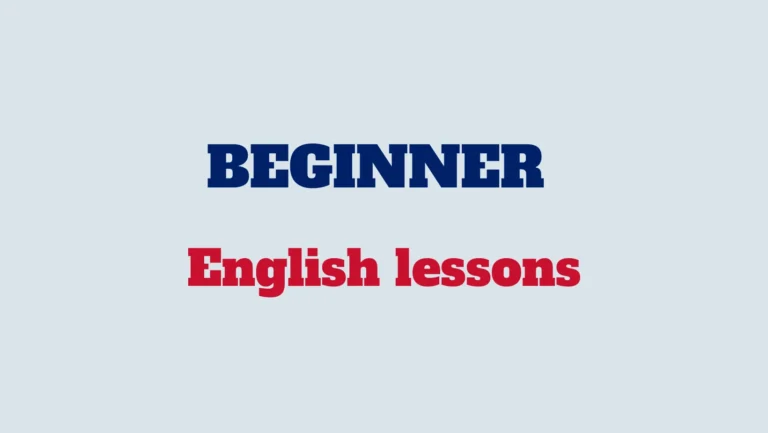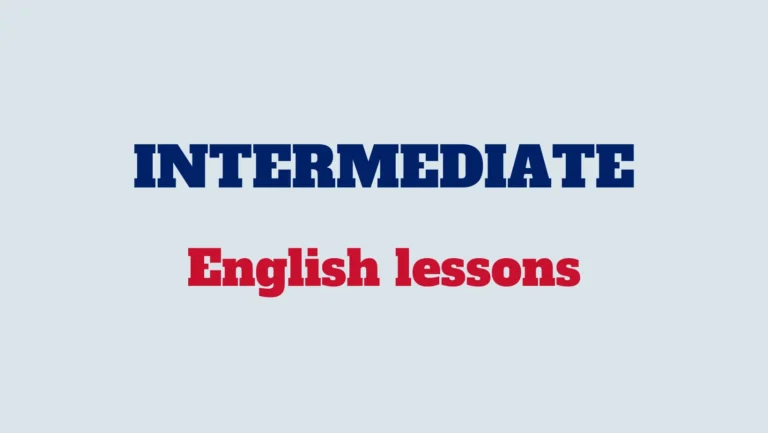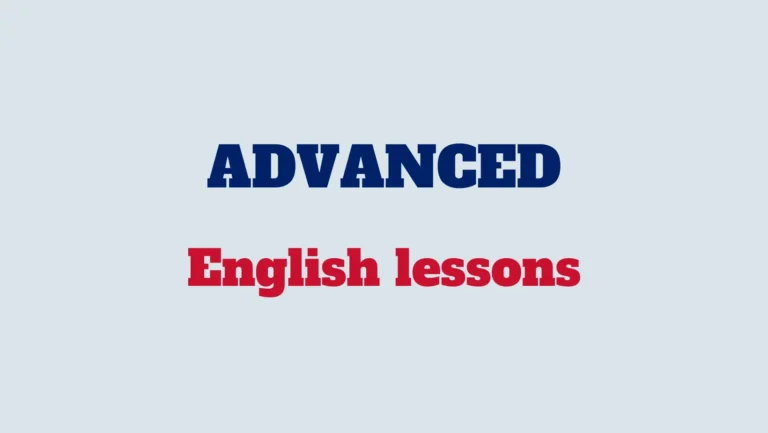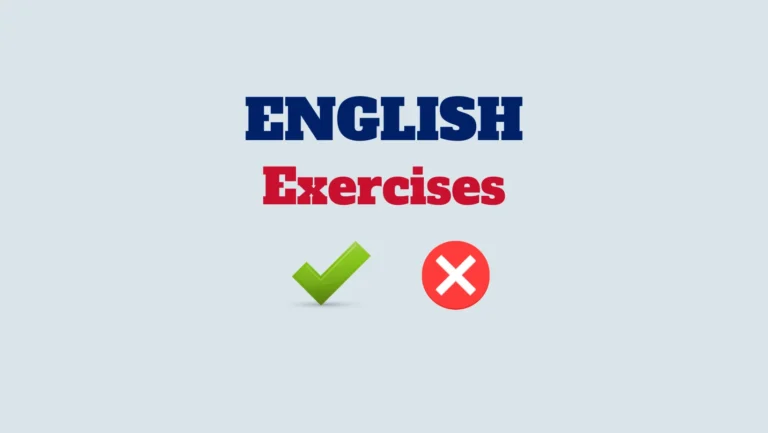Active and passive voice are two different ways to express the relationship between the subject, verb, and object in a sentence. In active voice, the subject performs the action, while in passive voice, the subject receives the action. Understanding when to use each voice is important for effective communication.
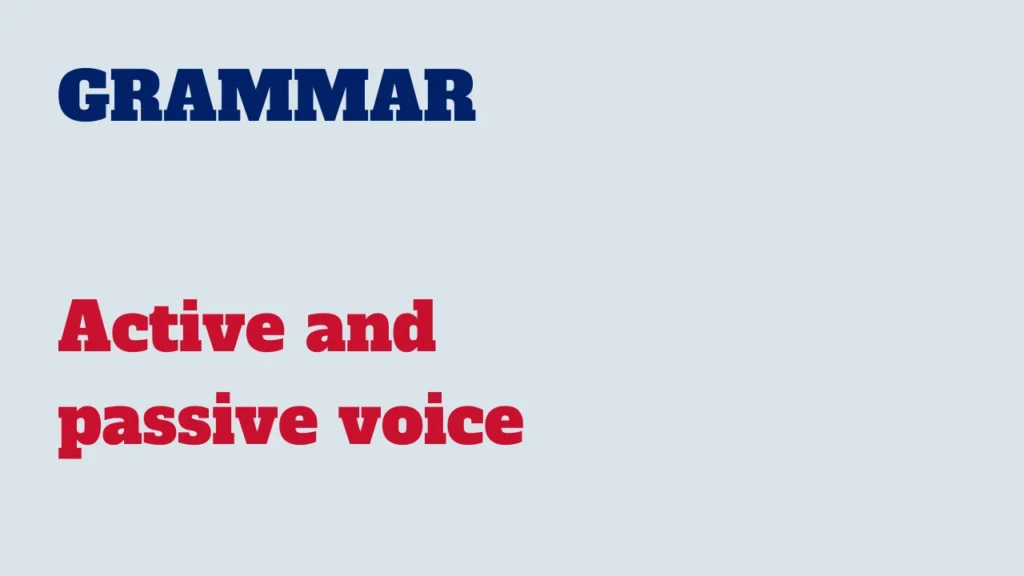
In this lesson, we will delve into the structures, uses, and common scenarios for both active and passive voice.
Active voice:
Structure:
Subject + Verb + Object
Examples:
The chef (subject) prepares (verb) a delicious meal (object).
They (subject) built (verb) a new bridge (object).
The company (subject) released (verb) a new product (object).
Common uses of active voice:
- Emphasizing the doer of the action.
- Conveying direct and straightforward communication.
- Focusing on the subject’s responsibility for the action.
Passive voice:
Structure:
The object of the active voice sentence becomes the subject in the passive voice sentence. The verb is then accompanied by a form of “to be” and the past participle of the main verb.
Examples:
A delicious meal (subject) is prepared (verb) by the chef (agent).
A new bridge (subject) was built (verb) by them (agent).
A new product (subject) has been released (verb) by the company (agent).
Common uses of passive voice:
- Shifting the focus from the doer to the action or the receiver of the action.
- Emphasizing the result or the impact of the action.
- When the doer of the action is unknown, unimportant, or obvious from the context.
Active vs. passive voice:
Active voice example:
“The team (subject) solved (verb) the problem (object).”
Passive voice example:
“The problem (subject) was solved (verb) by the team (agent).”
Table: Examples of active and passive voice statements
| Tense | Active Voice | Passive Voice |
|---|---|---|
| Present Simple | The cat catches the mouse. | The mouse is caught by the cat. |
| Present Continuous | She is baking a cake. | A cake is being baked by her. |
| Present Perfect | They have built a new bridge. | A new bridge has been built by them. |
| Past Simple | The chef prepared a delicious meal. | A delicious meal was prepared by the chef. |
| Past Continuous | The workers were painting the walls. | The walls were being painted by the workers. |
| Past Perfect | He had finished the project. | The project had been finished by him. |
| Future Simple | The company will launch a new product. | A new product will be launched by the company. |
| Future Continuous | The team will be playing the final match. | The final match will be played by the team. |
| Future Perfect | She will have completed the assignment. | The assignment will have been completed by her. |
Additional tips:
Agent in passive voice:
If the agent (the doer of the action) is important or needs to be included, it can be mentioned using “by.”
Example:
“The book was written by the author.”
Clarity and style:
Consider the context and purpose of your communication when choosing between active and passive voice. Each has its place in writing depending on the emphasis and style you want to achieve.
Mastering active and passive voice will enhance your writing skills and help you convey information with precision. Practice using both voices in different contexts to become proficient in their application. Happy learning!
